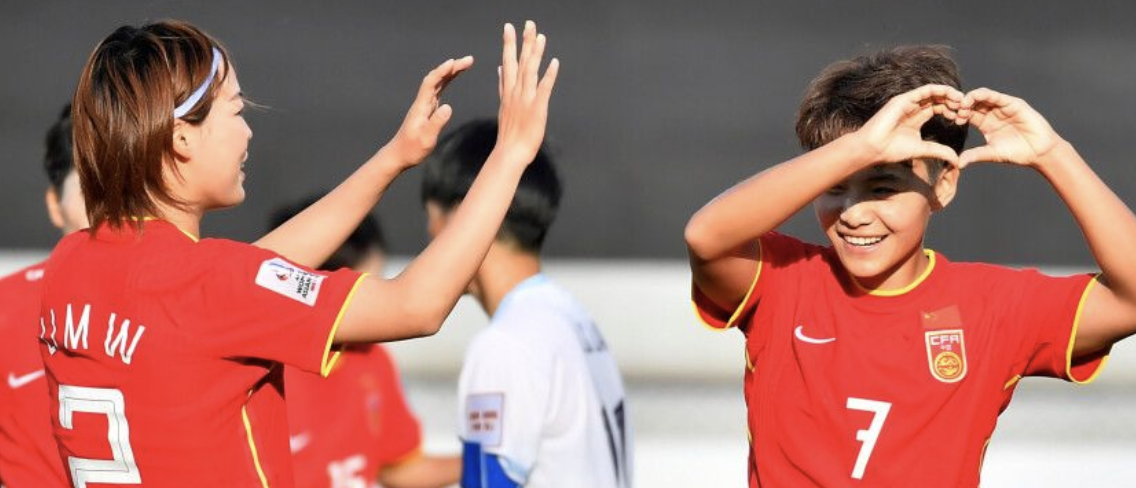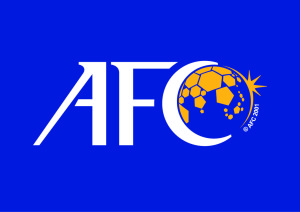By Samindra Kunti
January 20 – China got the 2022 Women’s Asian Cup underway with a convincing 4-0 victory over Taipei in the tournament’s curtain-raiser. The continent’s premier women’s competition, expanded with this Indian edition, will double as qualification for the 2023 Women’s World Cup.
Once a powerhouse of the international game, the Chinese swept past their opponents with ease to claim victory and three points at the Mumbai Football Arena, one of three host venues, all in the state of Maharashtra. It is the first time since 1979 that India will host the continental finals, expanded to 12 teams from the eight-team format in 2018, and the pressure will be on the hosts.
The Indians last played in a meaningful international competition in the Asian Games in 2014 and the All India Football Federation (AIFF) once again has opted for a top-down approach to drive change in the game.
India hardly has a women’s football ecosystem with the local league running for just a number of months and lots of states not providing their best players with meaningful playing opportunities.
In 2017, the AIFF took a similar approach when hosting the 2017 U-17 men’s World Cup in trying to change the grassroots levels, but the success of that method remains questionable.
“The Iran match is going to be tough as we know that they are fighters with a strong defence,” said India coach Thomas Dennerby
“They will be playing a low block which will be a challenge for us to score. But I’m confident we will be able to create chances. We need to perform well to win.’
“Since I have taken charge of the team the focus has been to play together as a unit. Knowing how, and when to press. We have reduced the number of long balls, and are now focusing on playing through the middle to penetrate.”
India went on exposure tours to Brazil, Sweden, Turkey, Bahrain and the United Arab Emirates before the team held a training camp in Kochi. The crash course in playing storied opponents mimics the trajectory of the men’s U-17 team in 2017. It didn’t help the Indians at the time. They exited in the first round in a hapless fashion in a group with the United States, Ghana and Colombia.
But there is more at stake for India and the participants than national pride, continental credentials and prize money with the champions set to receive $1 million.
The finals also serve as the final stage of World Cup qualifying and the pathway to the tournament co-hosted by Australia and New Zealand in 2023. Five finalists will qualify directly for the World Cup with two teams – from playoffs between the losing quarterfinalists – advancing to the inter-confederation play-offs. The top two teams of each group and the two best third-placed teams qualify for the quarter-finals.
In Group B, Australia, Thailand, the Philippines and Indonesia have been drawn together. The Matildas should have few problems in ensuring their passages to the knockout stages. Defending champions take on South Korea, Myanmar and Vietnam in Group C.
The Women’s Asian Cup will culminate with the final on February 6. The tournament is being played behind closed doors due to the global health crisis.
Contact the writer of this story at moc.l1745064160labto1745064160ofdlr1745064160owedi1745064160sni@i1745064160tnuk.1745064160ardni1745064160mas1745064160


